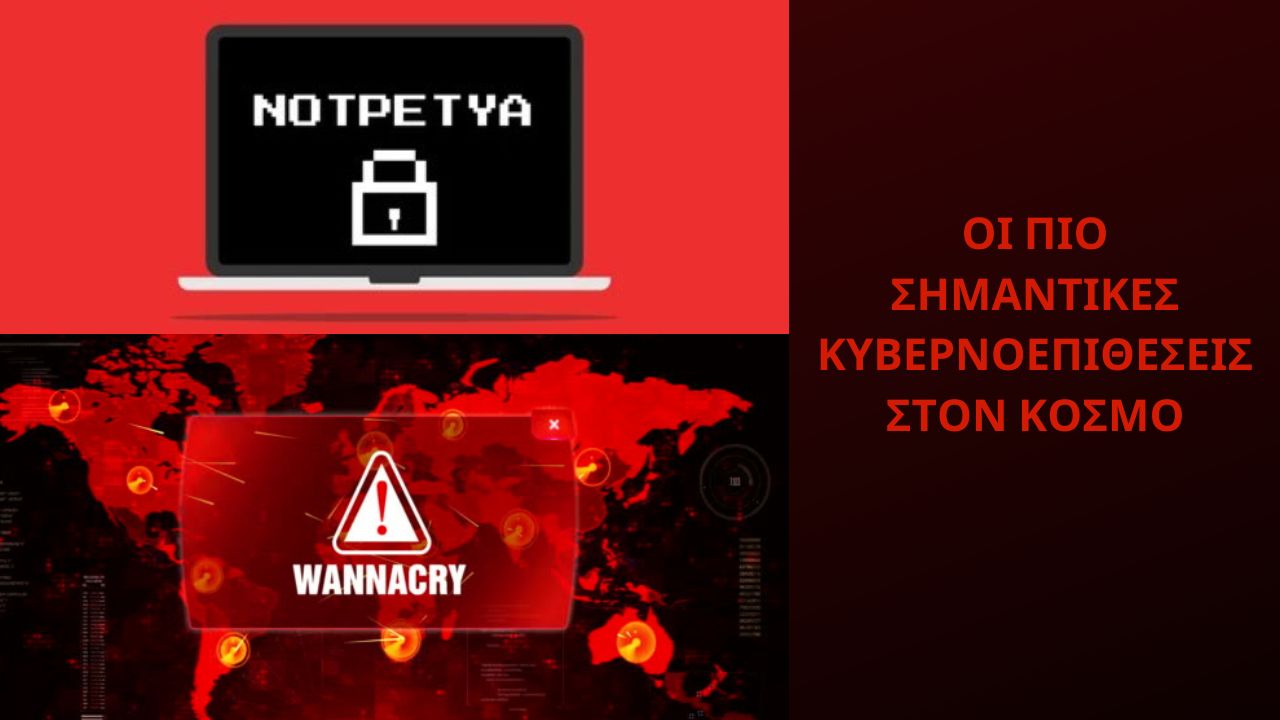
WannaCry and NotPetya: The Cyberattacks that Shook the World
WannaCry and NotPetya cyberattacks marked a new era in the field of cybersecurity, highlighting the seriousness of cyber threats and the need for enhanced protection. WannaCry emerged in 2017, targeting various organizations and businesses globally, causing financial losses and disrupting critical infrastructure. It exploited a vulnerability in Windows and spread rapidly. The attackers demanded ransom for decrypting data, causing panic and sparking political discussions on cybersecurity.

NotPetya, initially named “Petya” or “ExPetr,” stands as one of the most destructive cyberattacks in recent years. It occurred a few months after the WannaCry attack and proved to be much more dangerous and sophisticated.
Initially, many believed it to be another malicious program demanding ransom for data decryption. One of the methods used for its spread was through a tampered software update for accounting software in Ukraine, affecting numerous companies and organizations worldwide.
However, it soon became apparent that the real objective of NotPetya was not financial gain but widespread destruction. Neither ransom payments nor decrypted files were provided. Instead, this cyberattack significantly impacted the operations of affected companies and organizations, destroying data and rendering recovery impossible. Victims included banks, construction firms, and many others.
WannaCry and NotPetya serve as examples of the importance of cybersecurity and the need for awareness. Organizations must invest in preventive measures and follow cybersecurity best practices, including keeping systems updated and protected.
These two cyberattacks remind us of the constantly evolving nature of cybersecurity and the importance of cooperation between governments, businesses, and individual users to protect against cyber threats that can disrupt the world on a global scale.
